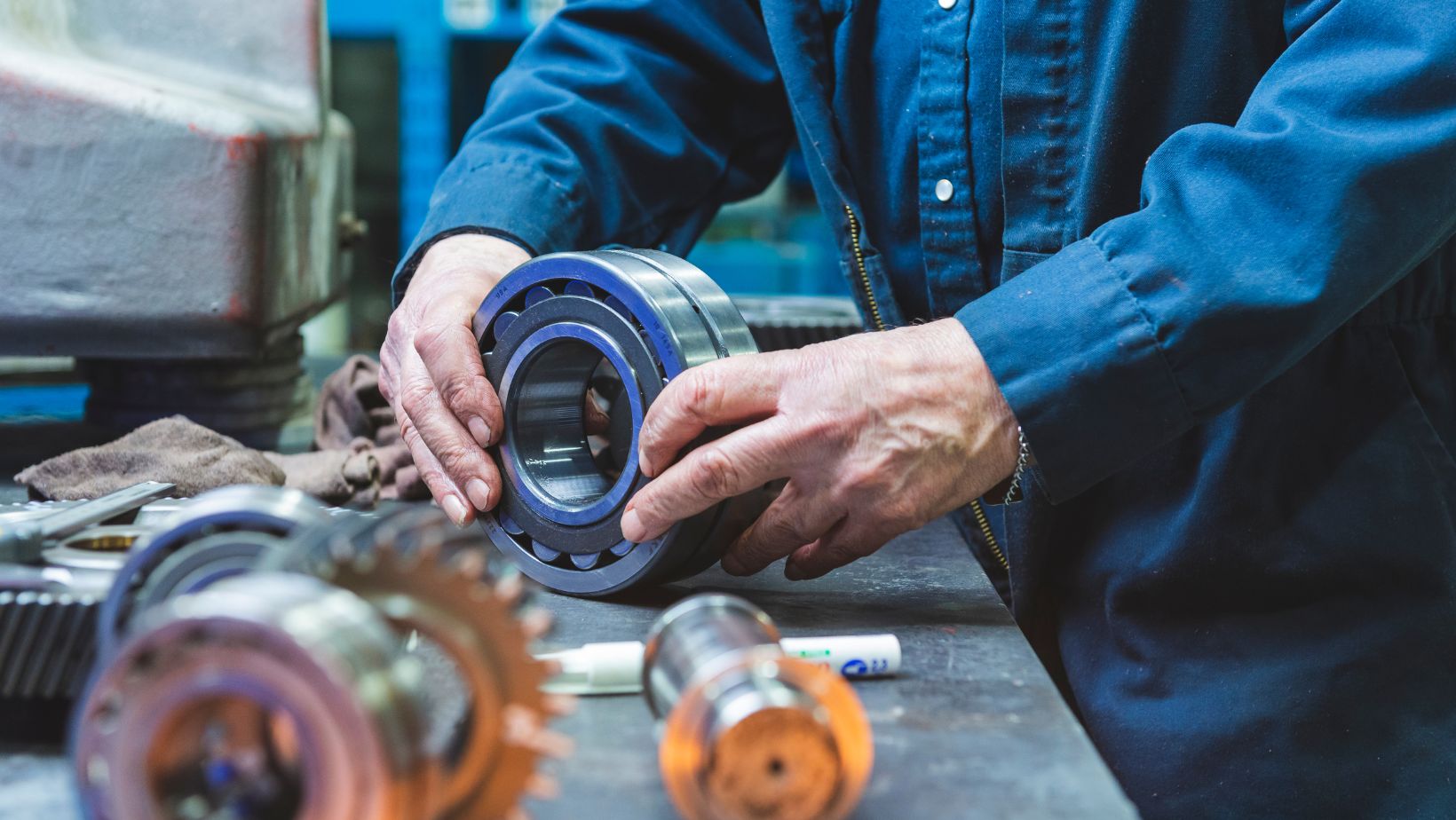Are you a small setup? Or having blues because of the little available capital? No worries! You can still ace the game with low-volume manufacturing.
Low-volume manufacturing is a great help for early startups. This approach produces the required number of products without worrying about the extra batch.
This blog post is flooded with its advantage. So, it will make you rush to low volume manufacturing companies. Before diving deep into the benefits of low-volume manufacturing, let’s start with the basics.
What is Low Volume Manufacturing?
It is a production method. It creates smaller product quantities than large batches produced during traditional manufacturing processes. This process hits differently when businesses need to create a limited number of products. This production may be intended to test the market or meet niche market needs.
Low-volume manufacturing typically involves using specialized equipment and processes designed to efficiently produce smaller quantities of products. For example, low-volume manufacturers may use small-scale or manual assembly processes to make products instead of large assembly lines.
Some examples of products commonly produced using this production technique include custom or specialized parts for machinery, electronic devices, medical equipment, or automotive components.
Advantages of Low-Volume Manufacturing
In recent years, this manufacturing method has become increasingly popular among businesses of all sizes. Following are the advantages offered by this marvelous mechanism.
1. Cost-Effective Production
One of the most significant advantages of low volume manufacturing is that it is a cost-effective production method. Traditional manufacturing methods require large orders to be cost-effective, which creates an inaccessible space for small and medium-sized businesses.
This approach allows businesses to produce smaller batches of products without sacrificing quality, reducing the overall cost of production.
2. Faster Time-to-Market
Low-volume manufacturing allows businesses to get their products to market faster. Traditional manufacturing methods can take weeks or even months to produce large orders. This delay can be detrimental to companies, particularly those in fast-paced industries.
Business owners produce smaller batches using this technique which, in the longer run, reduces the time-to-market and helps them stay competitive.
3. Flexibility in Product Design
Businesses can be more flexible with product design when using this method of manufacturing products. Low-volume manufacturing allows businesses to produce smaller batches of products, making it easier to test new product designs or make changes to existing ones.
4. Reduced Inventory Costs
Low-volume manufacturing can help businesses reduce their inventory costs. Since the batch is smaller, the inventory cost automatically drops by.
5. Reduced Risk
This practical manufacturing approach dramatically reduces the risk involved in managing your batch. For instance, the risk in handling and storing the inventory minimizes since the batch is handy.
Conclusion
Low-volume manufacturing is a cost-effective, flexible, and efficient production method. It helps businesses produce smaller batches of products quickly while reducing costs.
The level of quality is guaranteed– it will be the same as you will be getting in traditional bulk manufacturing.
Additionally, it allows businesses to be more flexible in their product design, reduce their risk, and get their products to market faster. With all these benefits, it’s no surprise that low-volume manufacturing has become the preferred method for many businesses.
